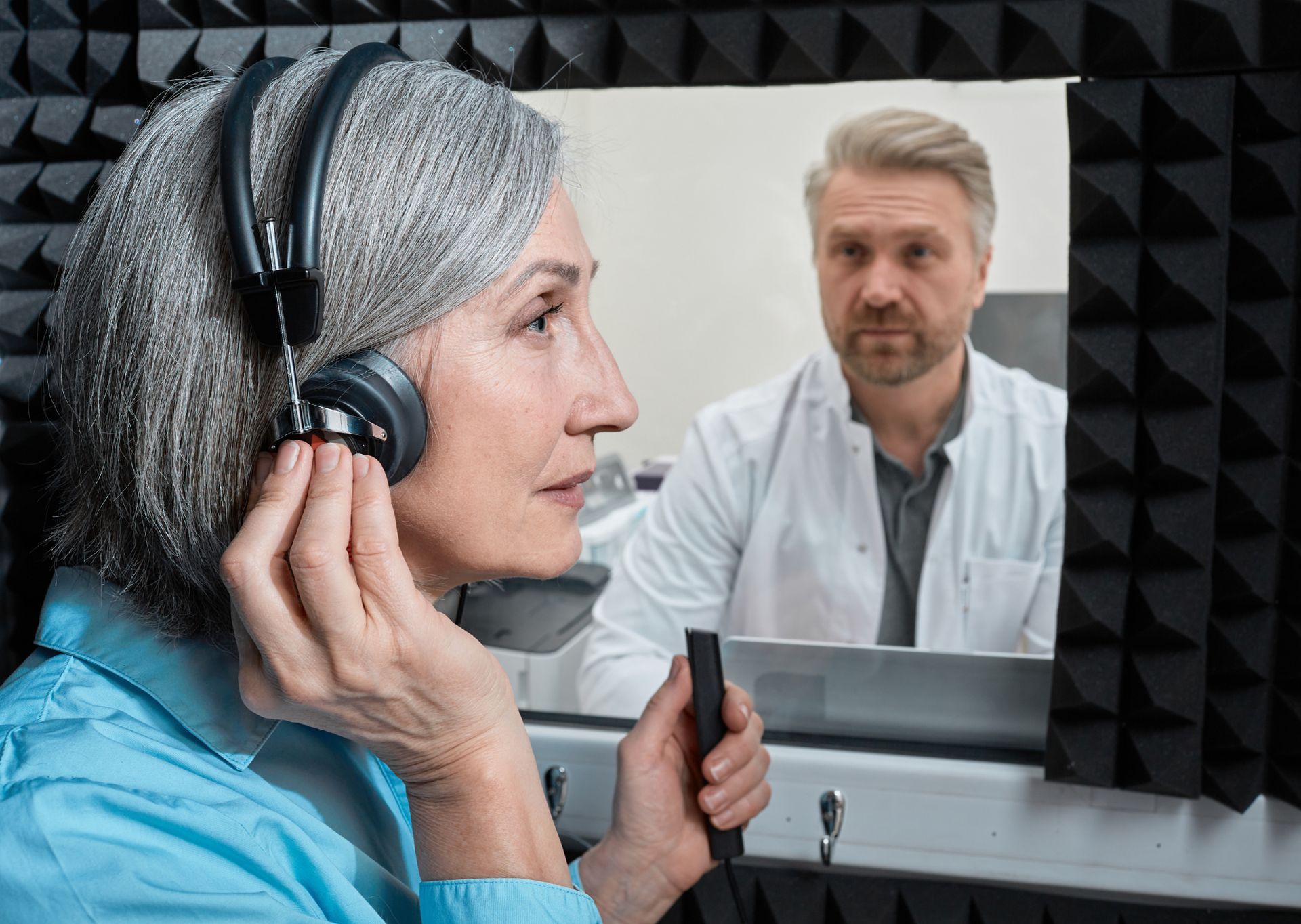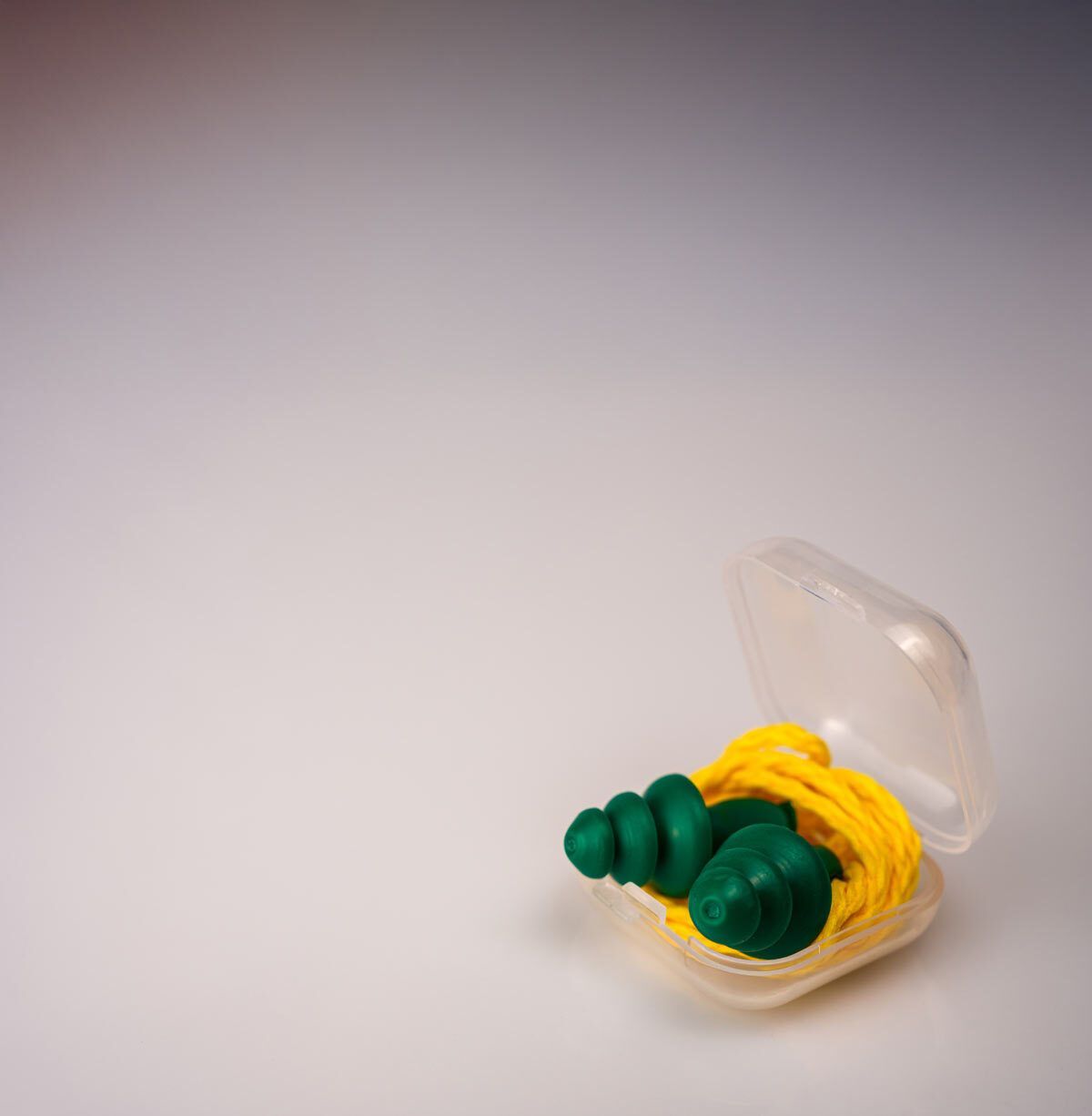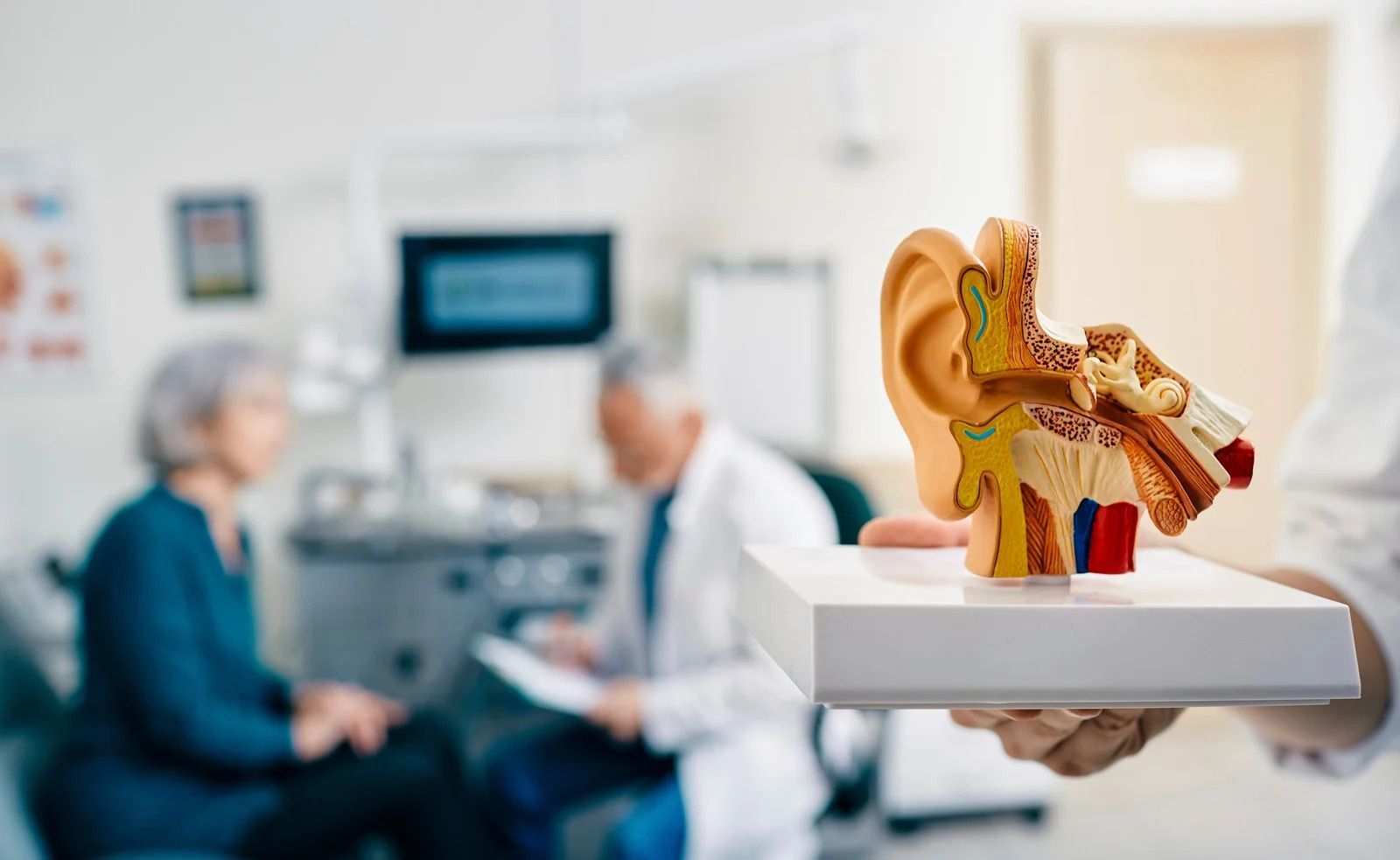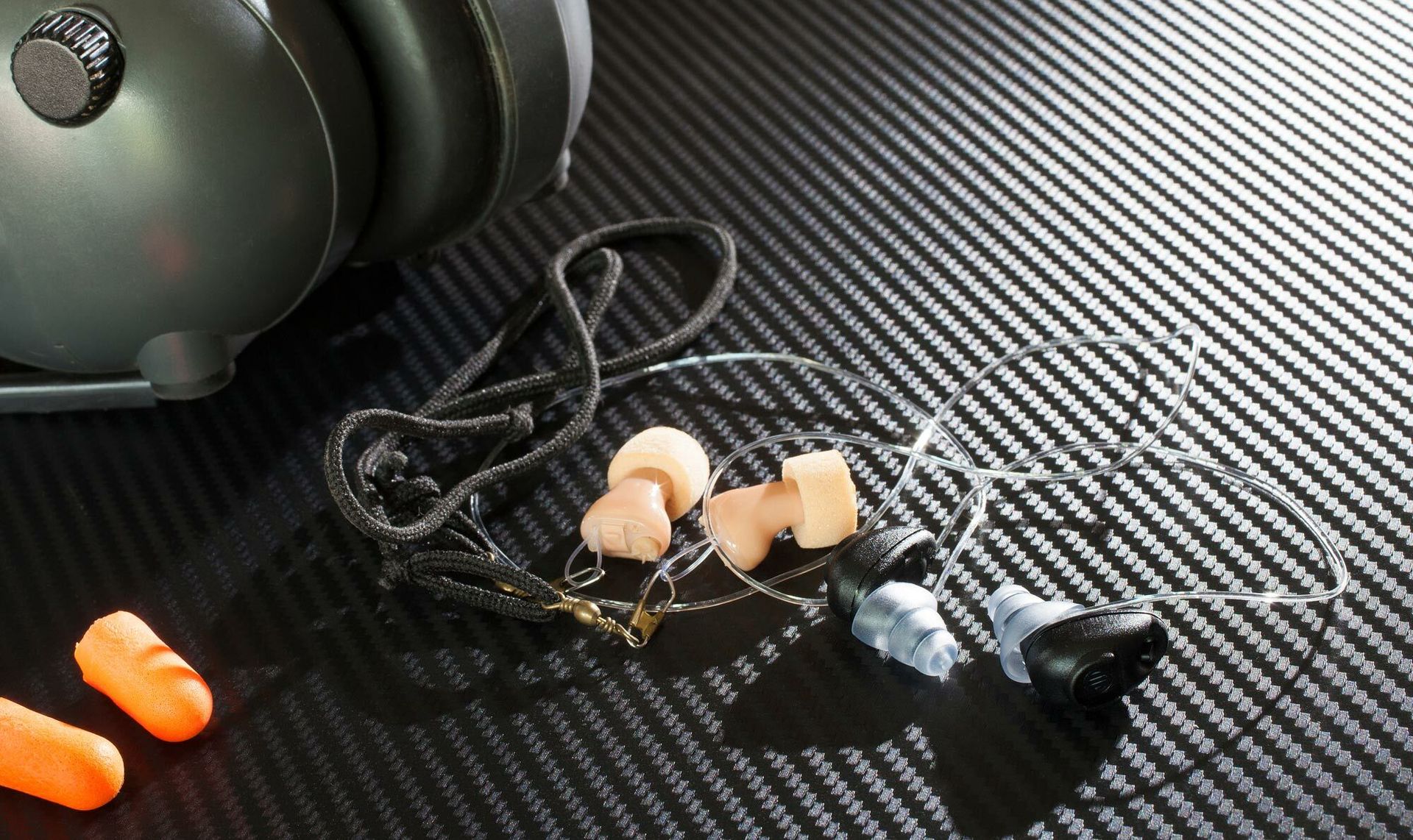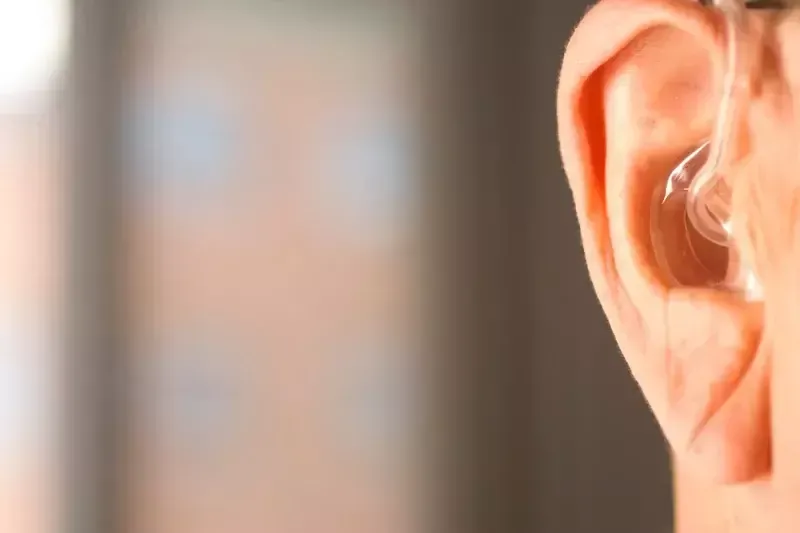Ease Strained Hearing: The Power of Modern Hearing Aids
The World Health Organization (WHO) currently estimates that more than 1.5 billion people are living with hearing loss, 430 million of which have disabling hearing loss (which warrants intervention). Shrinking this down to a local level, it means many people in our own community are struggling with the challenges of hearing strain. Audiology First is a leading audiology expert in the Lethbridge and surrounding Southern Alberta area, and we’re here to help solve this problem.
Understanding Hearing Strain
Hearing strain occurs when the auditory system becomes overworked. This can result in the following symptoms:
- Ringing in the ears (tinnitus)
- Fatigue
- Headaches
Some of the causes of hearing strain include:
- Exposure to loud noises (concerts, for example)
- Loud working environments
- Other everyday environments with high noise levels
The impacts of hearing staring and hearing loss are far-reaching. While physical discomfort is definitely of concern, there is also a disturbing social and psychological element. When hearing becomes difficult, the affected person may withdraw from conversations and public settings, which can lead to feelings of loneliness and depression.
Reduced confidence in your ability to communicate and social isolation are not trivial outcomes by any means. It’s important that we effectively begin treatment for hearing strain when the symptoms of it start to arise.
The Technology Behind Modern Hearing Aids
We are no longer living in an age of bulky, unorthodox-looking, and uncomfortable hearing aids. Today’s modern hearing aids are compact, comfortable, high-tech, and hardly noticeable, at all.
Advancements in Hearing Aids
- Small, often virtually invisible
- Deliver clear, natural sound
- Powerful processors
- Rechargeable batteries
- Health tracking
Features of Modern Hearing Aids
Some of the features of modern hearing aids which help them to relieve hearing strain include:
- Noise reduction to mitigate background noise so you can focus on the sounds you want to hear.
- Directional microphones to amplify sounds coming from the direction that you’re facing as opposed to the periphery.
- Connectivity via technologies like bluetooth to help you connect to your phone, a smart TV, and/or other devices.
Collectively, these features combine to create an experience that is more natural and intuitive to what users would receive in the past. It’s no longer just sound amplification, but a seamless integration with your normal, day-to-day environments.
Real-Life Benefits of Using Hearing Aids
Using hearing aids for hearing strain relief has benefits that can reach into every part of your life. Understandably, it can be nerve-wracking and intimidating to start exploring the world of hearing aids and hearing health, in general. What we strive to do here at Audiology First is make the experience comfortable, easy to understand, and immediately impactful for our patients.
Testimonial
Take, for example, our patient, Audrey. We are so thankful for what we get to provide for patients like her and so many others. Look at what she had to say about her experience here:
—
“I was so afraid that I wouldn't be able to use hearing aid technology. Nobody explained things the way Joseph did - very patient and willing to let me learn how to hear again at my own pace. I wouldn't go anywhere else in town after my experience at Audiology First.” -Audrey P.
—
Being in the position to make this kind of difference in our patients' lives is the whole reason we’re here; to open up the world of hearing solutions, and help people regain control over their health and livelihood.
Quality of Life Improvements
Users of modern hearing aids often notice enhanced clarity in everyday sounds, making activities like watching TV, talking on the phone, or attending social gatherings more enjoyable and less tiring. This improved auditory experience translates to greater engagement in daily life and a more active lifestyle.
Long-Term Health Benefits
Beyond the immediate improvements, hearing aids also offer long-term health benefits. Consistent use of hearing aids, for example, can help prevent cognitive decline and the development of memory-related conditions (like dementia) associated with untreated hearing loss.
Choosing the Right Hearing Aid
Choosing the right hearing aid should be done under the care of a professionally trained audiologist. Selecting the right one for your unique personal needs is important for maximizing its benefits in your everyday living. Here are some things to consider.
Consultation Importance
A thorough consultation needs to be performed by a trained and highly-skilled audiologist. Audiologists at Audiology First are educated in the understanding and practice of administering a comprehensive assessment that factors in your hearing needs and lifestyle requirements. This helps them to find the most suitable hearing aid that checks all the boxes for who you are and what you require.
Customization
There is no one-size-fits-all when it comes to hearing aids. They can (and should) be customized to fit your unique auditory profile. Whether you need devices for active outdoor use or quiet indoor settings, customization ensures that you receive the best in both performance and comfort.
Maintenance Tips
We always educate our patients on the proper maintenance of their hearing aids. Here are some basic ones to keep in mind:
- Clean them daily
- Avoid exposure to moisture
- Have them serviced periodically by your audiologist
- Keep software up to date
- Store in a cool, dry place when not in use
In order to reduce hearing strain and mitigate the effects of hearing loss, you need the right professionals to prescribe the right technology and care…
Audiology First is Southern Alberta’s most trusted hearing clinic and hearing aid provider. If you’re experiencing hearing strain of any kind, reach out to
Audiology First for a personalized hearing assessment. We look forward to helping you explore the best options to improve your hearing health and quality of life.


